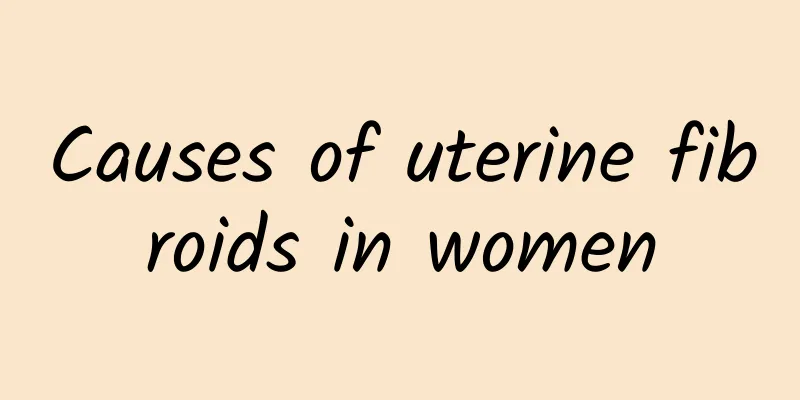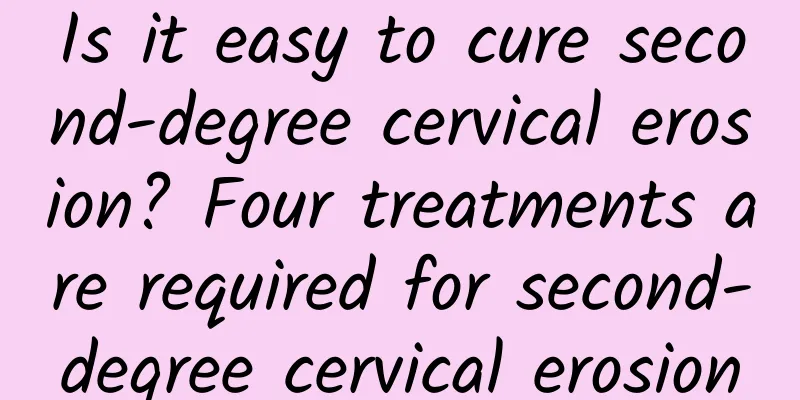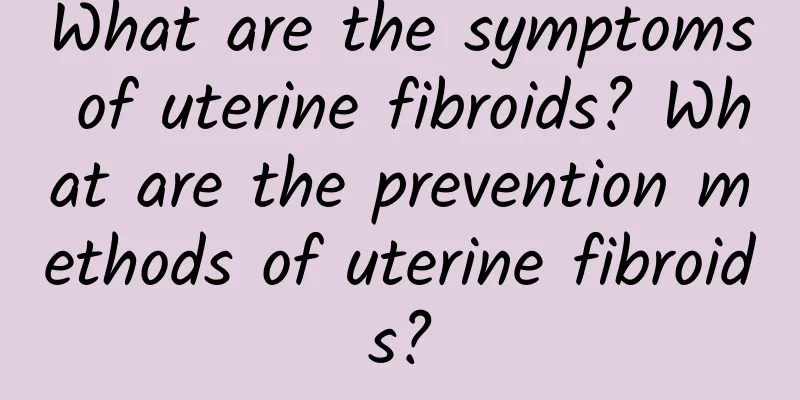What should be paid attention to in the treatment of endometrial tuberculosis

|
Endometrial tuberculosis is a common disease that occurs not only in married women, but also in unmarried women, and has a great impact on women's lives. Therefore, after the disease is diagnosed, it is necessary to treat it reasonably to simplify the patient's pain. So what are the common treatments for endometrial tuberculosis? Conservative surgery: mainly used for young people who want to have children. The uterus and its appendages are preserved (bilateral preservation is preferred), and only the lesions are removed, adhesions are separated, the ovaries are reconstructed, and tissues are repaired. In recent years, microsurgery has been used to remove tuberculosis lesions, carefully suture the wound surface, reconstruct the pelvic peritoneum, carefully stop bleeding, and thoroughly wash, so as to improve the surgical effect, increase the success rate of pregnancy after surgery, and reduce the recurrence rate. 1. Laparoscopic surgery: Laparoscopic examination can provide a clear diagnosis, and specially designed knives, scissors, and forceps can be used to remove the lesion and separate the adhesion. Under laparoscopy, CO2 laser or helium-neon laser can be used to cauterize the lesion, that is, a second incision is made 2 cm above the pubic symphysis, and the laser knife enters the pelvic cavity through the cannula of this incision, and the lesion is cauterized under direct laparoscope vision. The cyst fluid can also be aspirated through laparoscopic puncture, then rinsed with saline, and then injected with 5-10 ml of anhydrous ethanol, fixed for 5-10 minutes and then aspirated, and finally rinsed with saline and aspirated. 2. Ultrasound puncture of ovarian endometrioid cyst: For cases of recurrence after surgical dissection or laparoscopic puncture, ultrasound puncture and drug treatment can be considered. 3. Conservative laparotomy: It is used for patients with more serious lesions and adhesions, especially in medical institutions without laparoscopic equipment or those who are not proficient in laparoscopy. Laparotomy can be performed to separate adhesions and remove ovarian endometrioid cysts, and preserve normal ovarian tissue as much as possible. If the lesion is limited to one side and is more severe, and the other side is normal, some people advocate removing the adnexa on the diseased side. |
<<: How many courses of treatment are needed for endometrial tuberculosis?
>>: Treatment considerations for endometrial tuberculosis
Recommend
What to eat to prevent uterine fibroids from growing What to eat to prevent uterine fibroids from growing
What to eat to prevent uterine fibroids from grow...
What effects will irregular menstruation have on female friends?
What effects will irregular menstruation have on ...
Health killer: chronic cervicitis
Chronic cervicitis is often developed from acute ...
Experts explain dietary considerations for patients with cervical hypertrophy
Cervical hypertrophy is a gynecological disease c...
Does uterine fibroids require surgical treatment? What are the symptoms of uterine fibroids?
Surgery is used for more serious diseases, and if...
Does bacterial vaginosis affect pregnancy?
Bacterial vaginosis is caused by a mixed infectio...
Recognize the symptoms of vaginitis according to its type
In recent years, the incidence of vaginitis has b...
Abnormal vaginal discharge begins after menarche
Abnormal vaginal discharge after menarche may be ...
Pay attention to understanding effective physical therapy measures for pelvic inflammatory disease
Pelvic inflammatory disease is a disease that man...
Why do women have amenorrhea?
Why do women experience amenorrhea? If a woman is...
The most obvious symptom of cervicitis is increased vaginal discharge.
The most obvious symptom of cervicitis is an incr...
How to treat acute cervicitis
Acute cervicitis is recommended to be relieved th...
What is the best topical medication for pelvic peritonitis?
Pelvic peritonitis is a disease that women may su...
What to eat during menstruation to detoxify? Eat some whole grains
The menstrual period for women is a process of de...
Don’t use abortion as a “cure” for unwanted pregnancy
Artificial abortion is a remedial measure after a...









